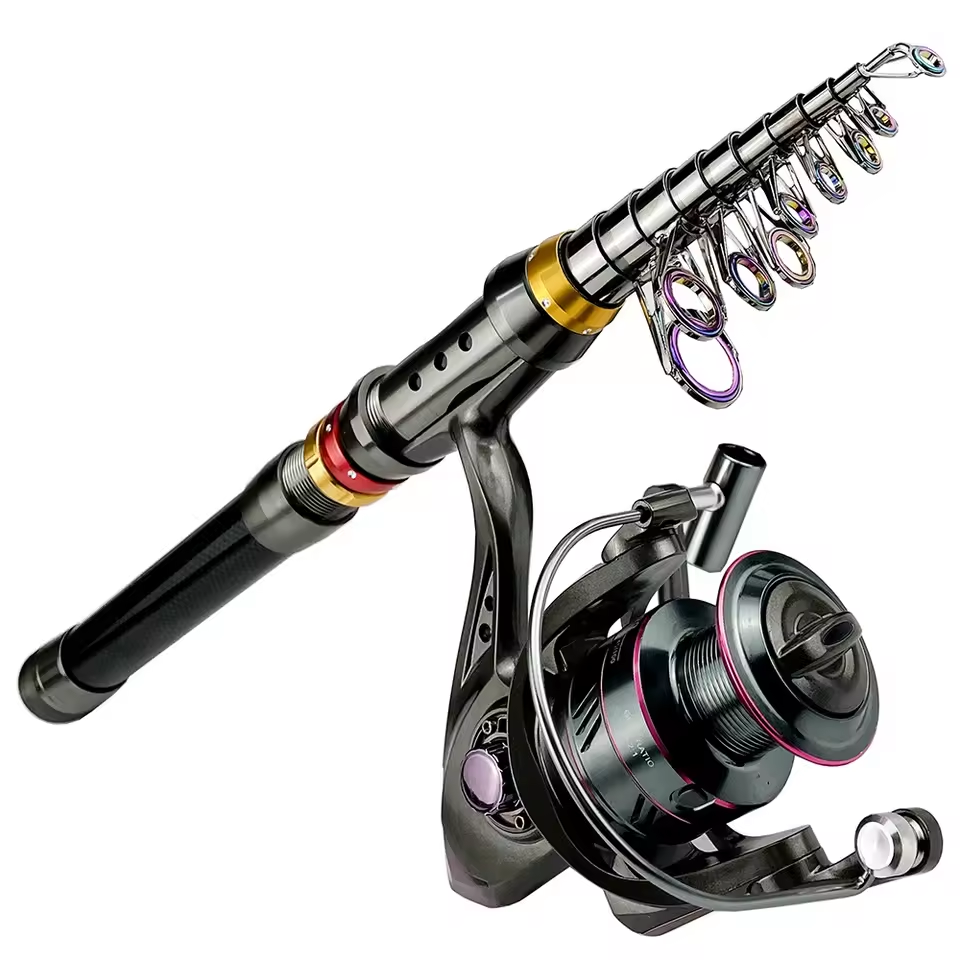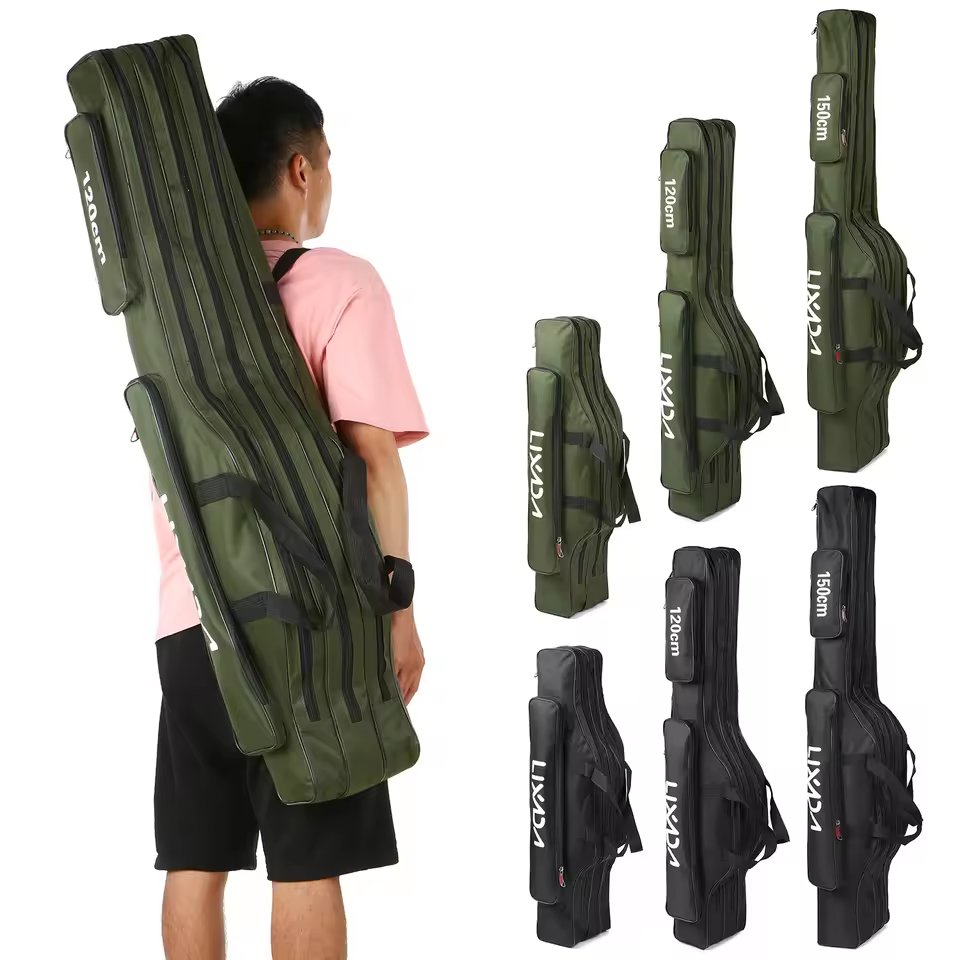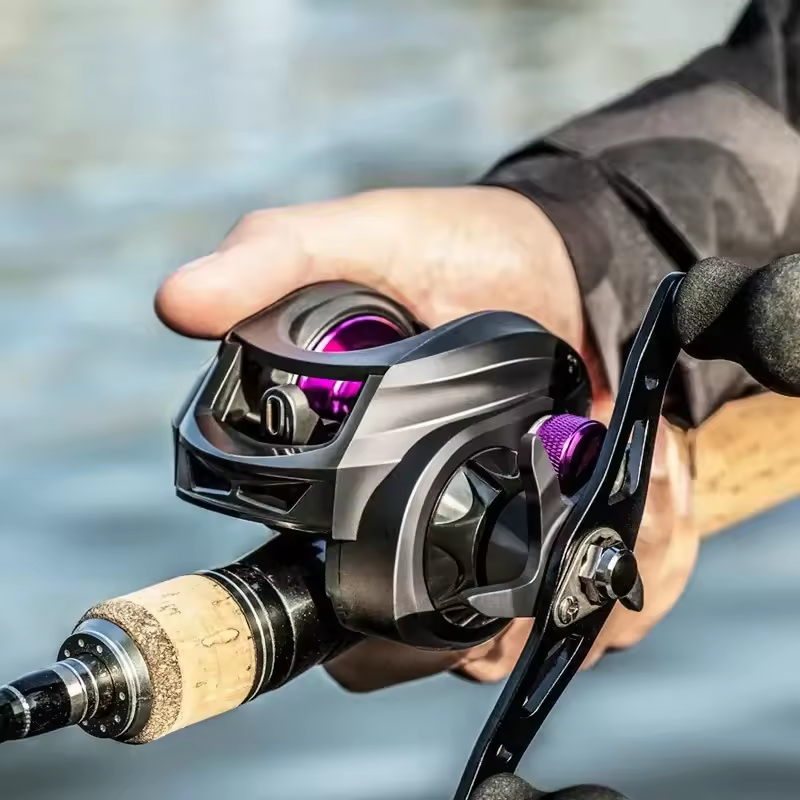The Emergence of Asian-fishing in Pop Culture
Asian-fishing is a rising trend in today’s society, particularly visible across various platforms of pop culture. This tendency involves individuals altering their appearance to adopt East-Asian traits, often for aesthetic purposes. The term “Asian-fishing” has recently gained momentum, echoing the controversial practice of “blackfishing” where non-Black individuals mimic the features of Black people. It often involves makeup techniques or digital editing to mimic slanted eyes or monolids, traits typically associated with East-Asian individuals.

The impact of East-Asian culture has soared globally, from the dominance of K-pop to the influences of anime and fashion. With this rise, the boundary between cultural appreciation and appropriation has blurred, leading to complex discussions about identity and respect. As we witness a skyrocketing popularity of East-Asian aesthetics, we must ask ourselves: where do we draw the line between homage and offense?
This trend isn’t without controversy. The practice has sparked debates on social platforms, where viewers question the intent behind these transformations. While some assume it’s a mere fascination with the culture, others point out the underlying implications tied to racial identity. The concern intensifies when the trend collides with stereotypes and the objectification of East-Asian individuals, raising eyebrows about the true cost of this cultural phenomenon.
Engagement in Asian-fishing extends beyond personal spaces into the realm of influencers and public figures, who showcase these looks to millions of followers. As such, it’s essential to explore the narrative it weaves about East-Asian identity and the message it sends to society. By examining its emergence in pop culture, we uncover the layers that compound this intricate issue and its ripple effect across communities.
 Understanding the Historical Context of Asian Appropriation
Understanding the Historical Context of Asian Appropriation
To fully grasp why ‘Asian-fishing’ is problematic, we must look at the history of Asian appropriation. In the West, this appropriation has deep roots. Historically, artistic movements such as Japonisme and Chinoiserie adopted East-Asian elements for Western art, fashion, and architecture. While these styles were celebrated, they often misrepresented the diversity and complexity of Asian cultures.
Ironically, while Westerners enjoyed Asian-inspired aesthetics, they also upheld notions of Asian inferiority. Thus, the simplified, copied versions of Asian styles simultaneously exoticized and demeaned the cultures they came from. Throughout the centuries, Asian women, in particular, have fought hard against being perceived through this limiting and exotic lens.
Today’s trend of Asian-fishing can be seen as a modern extension of these historical patterns. It repeats the dangerous habit of reducing a rich and varied culture to mere stereotypes—in this case, to particular physical features. This is not about questioning the use of winged eyeliner or cultural fashion but addressing the intentions behind altering appearance to look Asian.
Sadly, the stereotypes leveraged by those engaging in Asian-fishing are the same ones that have been a source of bullying and ridicule for East-Asian individuals. What makes it more troubling is the context in which this occurs—a time when violence against Asians has risen alarmingly. Such appropriation could indirectly fuel the fires of discrimination and hate.
Moreover, those who engage in Asian-fishing can remove their makeup and costumes at the end of the day, while real East-Asian individuals cannot escape their skin. It is vital we recognize the seriousness of this behavior and its potential to harm individuals and communities. By understanding this historical context, we can begin to sew a narrative that respects cultural identity and encourages genuine appreciation over appropriation.
 The Stereotyping and Sexualization of East-Asian Traits
The Stereotyping and Sexualization of East-Asian Traits
The act of Asian-fishing often involves stereotyping East-Asian features. This practice highlights specific physical traits, like slanted eyes or monolids, which are natural to many East-Asians. But it’s not just about eye shapes. Asian-fishing also taps into deep-seated stereotypes that link East-Asian traits to certain behaviors and personas. A prime example is the portrayal of Asian individuals as submissive or overly cute, known as the ‘kawaii’ stereotype.
Sadly, these stereotypes are not only false but harmful. They reinforce a narrow view of East-Asian identity and can lead to objectification. This is particularly evident in the sexualization of East-Asian women. Unfortunately, there are influencers who combine Asian-fishing with sexualized depictions, especially on platforms like OnlyFans. They may wear suggestive outfits or schoolgirl costumes, invoking a stereotype of Asian women that is both infantilizing and sexually charged.
These actions come at a cost. They can contribute to the fetishization of East-Asian people, which strips away their individuality and dignity. Moreover, it trivializes the rich diversity within East-Asian cultures. This behavior sends a message that reduces a complex cultural identity to a mere costume or trend, ignoring the real human experiences behind these caricatured portrayals.
The consequences of such stereotypes are far-reaching. They not only affect how others view East-Asians but how East-Asians may view themselves. When society bombards people with narrow representations, it can impact self-image and self-esteem. Furthermore, these stereotypes can lead to real-world violence and discrimination, as seen in recent tragic events.
Asian-fishing, therefore, is not a harmless trend. It is a serious issue that demands attention and examination. To combat this, we must recognize these stereotypes for what they are and approach East-Asian cultures with respect and understanding, celebrating their true diversity and depth.
The Dangers of Racial Mimicry in Beauty and Fashion
The trend of Asian-fishing poses significant risks. It ventures far beyond simple makeup choices. Using beauty and fashion as vehicles, individuals mimic racial features of East-Asians. This is racial mimicry. It sends a worrying message. It suggests it is okay to reduce a race to its physical traits for style.
This mimicry can hurt real people. It can make mockery seem acceptable. It impacts how East-Asians are viewed. They might face more stereotypes or unfair treatment because of such trends. It makes East-Asians’ struggles with identity harder.
Moreover, racial mimicry affects how East-Asians see themselves. They may feel that their race is just a costume to others. This can damage their pride in cultural heritage. It may lead to self-esteem issues.
Fashion has power. It tells stories and conveys messages. When fashion adopts racial traits for trends, it can cross lines. It can turn heritage into a fad. It can strip the meaning from cultural elements.
The beauty industry must act responsibly. It must not allow racial mimicry to become a trend. Beauty brands and fashion houses should lead with awareness. They should celebrate diversity without stereotyping. Sensitive use of cultural elements must be non-negotiable.
Asian-fishing is not just about aesthetics. It brings dangers that impact lives. It can reinforce harmful notions and attitudes. People enjoying this trend may not aim to harm. Yet, the effects of their actions can reach far. Like other forms of cultural appropriation, Asian-fishing must be checked. We have to work together to keep beauty and fashion spaces safe and respectful.
 Real-life Impact: From Social Media to the Streets
Real-life Impact: From Social Media to the Streets
The trend of Asian-fishing doesn’t just stay online. It goes beyond social media and filters into everyday life. The mimicry of East-Asian features has moved from the screens of Instagram and TikTok to the streets. This has several troubling consequences.
The impact is not abstract. Asian communities feel it. When the line between appreciation and appropriation blurs, real people face the effects. They deal with the fallout of stereotypes daily. This can lead to unfair treatment, discrimination, and at times, violence.
Consider job interviews, social interactions, and public perception. If East-Asian traits are seen as trends or costumes, this can alter how East-Asians are treated in these settings. Their identity gets reduced to something others can put on and take off at will.
Moreover, the normalization of Asian-fishing can validate harmful stereotypes. It can inadvertently justify racist thinking. When society sees non-Asians mimicking Asian traits, it risks accepting a narrow view of an entire race.
Tragically, the Asian community has endured increased attacks. Incidents like the Atlanta shooting show a grim reality. These events can be linked to the stereotypes and fetishization Asian-fishing can perpetuate. This brings bitter irony. Those who Asian-fish can remove their makeup, while East-Asians live with the stereotypes and dangers.
Asian-fishing is not just about personal choice. It’s about its collective impact. It reflects on societal attitudes. It shapes how we see each other. The real-life impact of Asian-fishing demands our attention and calls for respectful action to uphold the dignity of all cultures.
The Irony of ‘Appreciation’ and Its Clash With Cultural Respect
The concept of ‘appreciation’ often bears an ironic twist when it comes to Asian-fishing. While some claim to celebrate East-Asian culture, their actions may show a lack of true respect. Asian-fishing blurs the line between admiration and appropriation, leading to serious cultural disrespect.
The irony lies in the fact that while adopting East-Asian features, individuals often ignore the real experiences of Asian people. They might use East-Asian aesthetics for their own gain while overlooking issues that Asians face due to racial stereotypes.
For instance, the trend of Asian-fishing coincides with violent incidents against Asians. This suggests a deep disconnect between the supposed ‘appreciation’ and the actual support for the community. The trend of adopting East-Asian traits can coexist with harmful attitudes towards Asians, revealing a clash with cultural respect.
Asian cultures are rich and vibrant, not mere trends to try on. True appreciation requires understanding and celebrating the full depth of these cultures without reducing them to stereotypes. It involves listening to Asian voices and standing against the discrimination they face.
We must navigate the complexity of cultural exchange with care. Appreciation should empower, not undermine. It should lift up the voices of those being appreciated, not silence them. The goal should be cultural respect, a true appreciation that recognizes and celebrates the diversity of East-Asian cultures without appropriating their identity.
The Importance of Listening to Asian Voices in Addressing Asian-fishing
The key to solving the Asian-fishing issue lies in listening to the Asian community. We have discussed how Asian-fishing affects real people and propagates stereotypes. Now we must focus on the voices of those impacted most directly: Asians themselves.
Listening means acknowledging their feelings and experiences. It means understanding their discomfort and objections. It’s about respect. Asians can share what is hurtful or offensive about this trend. They live with these identities every day. They know the difference between appreciation and appropriation.
Real appreciation involves dialogue. It’s about learning from the source. Asian voices can guide how others can explore their culture respectfully. They can explain their traditions, fashion, and aesthetics. This is more educational and meaningful than any mimicry.
When we support and amplify Asian voices, we move towards a more inclusive society. Young Asians using social media have the power to broker change. They can speak up about this form of appropriation. They deserve to be heard without dismissal.
Supporting Asian voices is not a passing trend. It’s vital for progress and intercultural understanding. It is everyone’s responsibility to listen. That’s how we begin to address the harm caused by Asian-fishing. True cultural exchange happens when we appreciate, listen, and learn from one another.
 Moving Forward: How to Appreciate Without Appropriating
Moving Forward: How to Appreciate Without Appropriating
Tackling Asian-fishing requires thoughtful action. Here’s how we can celebrate East-Asian culture without crossing into appropriation.
- Educate Yourself: Learn about East-Asian histories and cultures. Understanding their richness goes beyond mimicry.
- Acknowledge Impact: Your actions can affect others. Recognize that adopting racial traits for style can be harmful.
- Uplift Authentic Voices: Seek and share perspectives of real East-Asian people. Let them lead the conversation.
- Practice Cultural Exchange: Engage with East-Asian cultures in a way that’s respectful and informed. Don’t reduce them to stereotypes.
- Speak Up: When you see Asian-fishing, don’t stay silent. Your voice can help others understand why it’s wrong.
These steps can build a bridge to appreciation without disrespect. Listen to Asian voices, and let them guide the pathway moving forward.